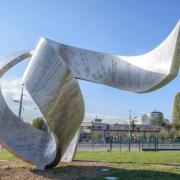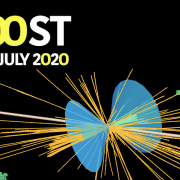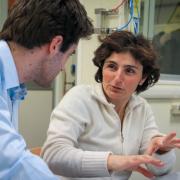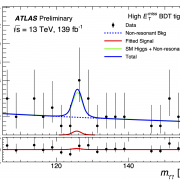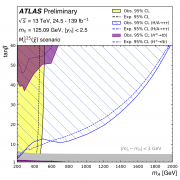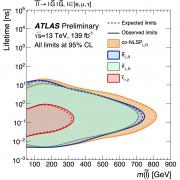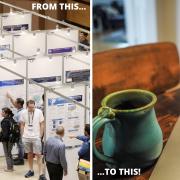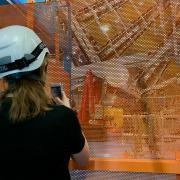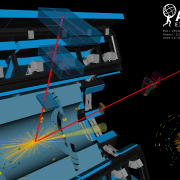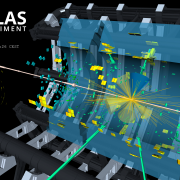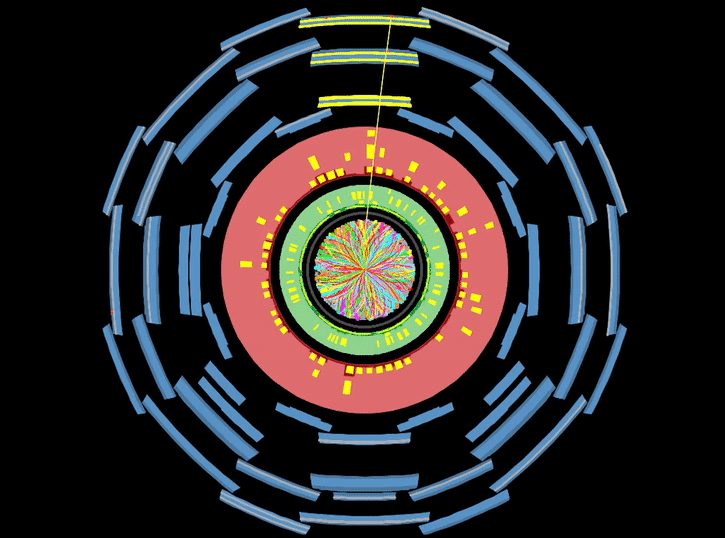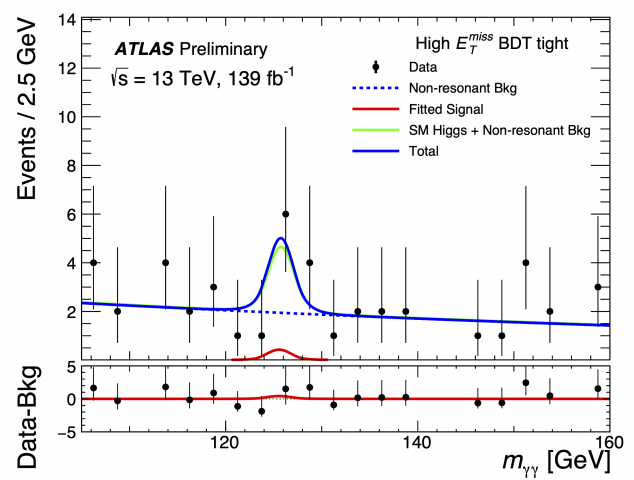Access to Collaboration Site and Physics Results
Updates tagged: “Run 2”

Lepton Photon 2015
This was my first time in Ljubljana, the capital city of Slovenia – a nation rich with forests and lakes, and the only country that connects the Alps, the Mediterranean and the Pannonian Plain. The slight rain was not an ideal welcome, but knowing that such an important conference that was to be held there - together with a beautiful evening stroll - relaxed my mind.

Getting ready for the next discovery
I’m just on my way back home after a great week spent in Ljubljana where I joined (and enjoyed!) the XXVII edition of the Lepton-Photon conference. During the Lepton-Photon conference many topics were discussed, including particle physics at colliders, neutrino physics, astroparticle physics as well as cosmology.

Devouring dark matter theories
Most of the matter in the universe is made not of stuff we understand, but of invisible “dark matter” particles. We have yet to observe these mysterious particles on Earth, presumably because they interact so weakly with normal matter. The high energy collisions in the Large Hadron Collider provide our best current hope of making dark matter particles, and thus giving us a better understanding what most of the universe is made of.
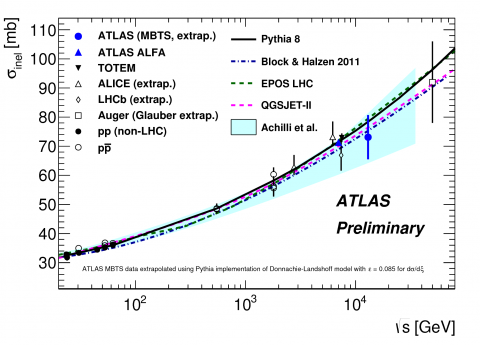
Measuring the way protons interact at 13 TeV
One of the most basic quantities in particle physics, the rate at which protons scatter off of one another (the cross section), cannot be calculated from the theory of strong interactions, quantum chromodynamics. It must instead be measured, and those measurements can then be used to tune the numerical models of LHC proton–proton collisions.

Probing inside the proton
W and Z bosons are the massive carriers of the weak force, responsible for radioactive decays. These bosons also couple closely to the Higgs boson. W and Z bosons are produced at a large rate in proton-proton collisions at the LHC, where ATLAS physicists have now measured the rates for W and Z boson production using 13 TeV proton-proton collisions

ATLAS ready to “boost” Run 2 physics
A new set of techniques is being used to identify highly energetic top quarks, W and Z bosons, and Higgs bosons decaying to quarks and, ultimately, to hadrons measured in ATLAS. Signatures of these “boosted” Standard Model particles are particularly useful when searching for massive new particles and measuring processes at high energies.

Physics and performance with 13 TeV proton collisions
After a shutdown of more than two years, Run 2 of the Large Hadron Collider (LHC) has restarted with proton–proton collisions at a centre-of-mass energy of 13 TeV. This new phase will allow the LHC experiments to explore nature and probe the physical laws governing it at scales never reached before.
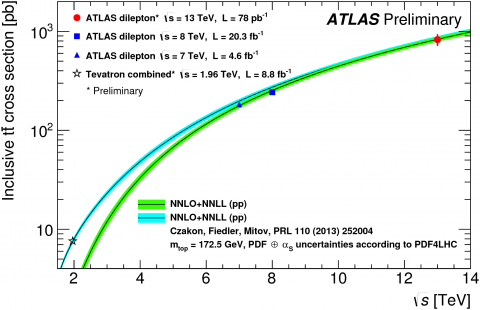
Top quarks in Run 2 are spot on
With a precision of just under 14% − currently dominated by our ability to understand how many proton-proton collisions have occurred at ATLAS (i.e. luminosity) − this measurement is able to confirm that quantum chromodynamics, the theory of the strong interaction, still seems to be going strong!
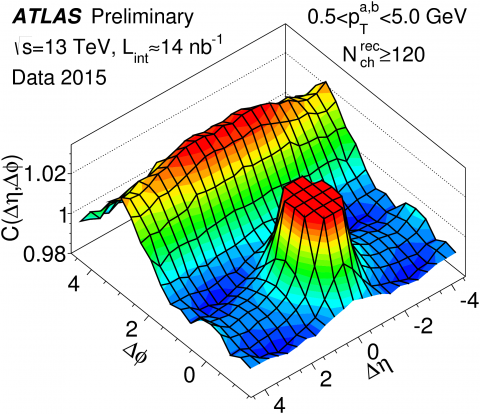
ATLAS measurements of the ridge in proton-proton collisions at 13TeV
Previous studies of two-particle angular correlations in proton-proton, proton-lead, and lead-lead collisions at the LHC have provided important insight on the physics of the particle production process. On 24 July, Atlas presented new preliminary measurements of two-particle correlations...

Of mesons and bosons
ATLAS is ready for detailed physics studies. The experiment used early data collected from the LHC’s Run 2 to calibrate its detectors. Measurements of the production and leptonic decay of certain particle resonances have shown that the detectors and software are working as expected.


